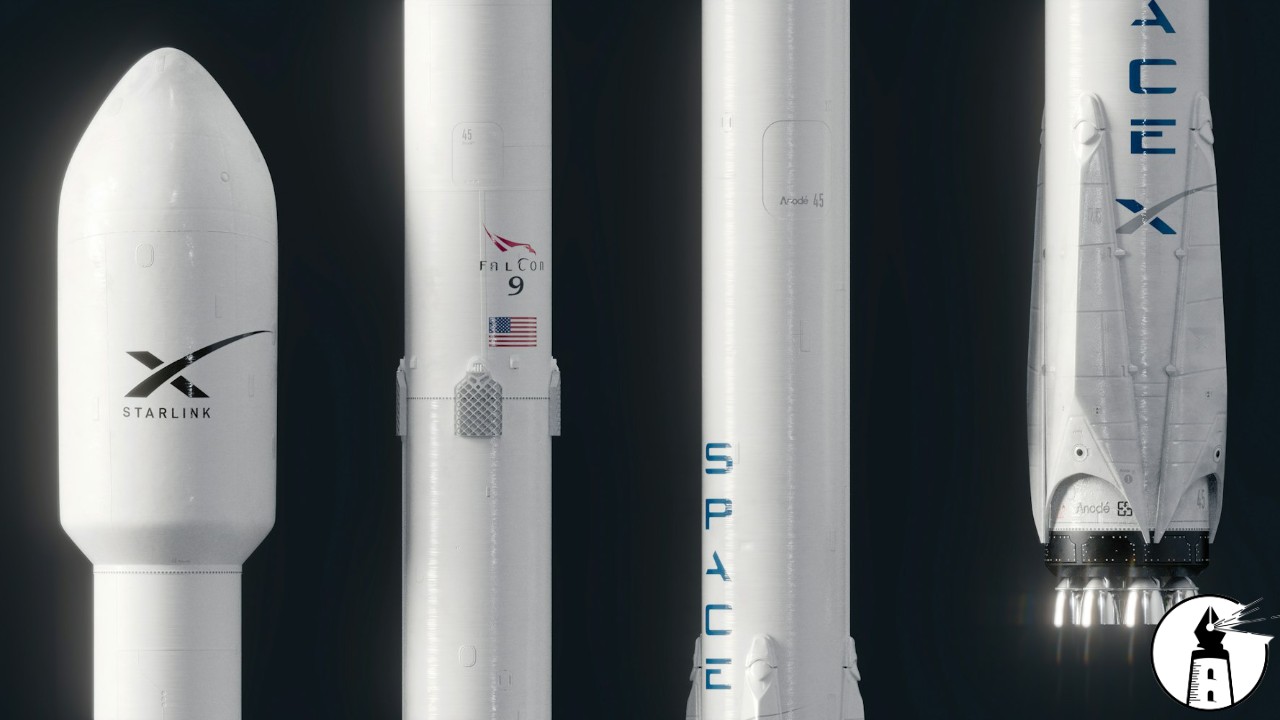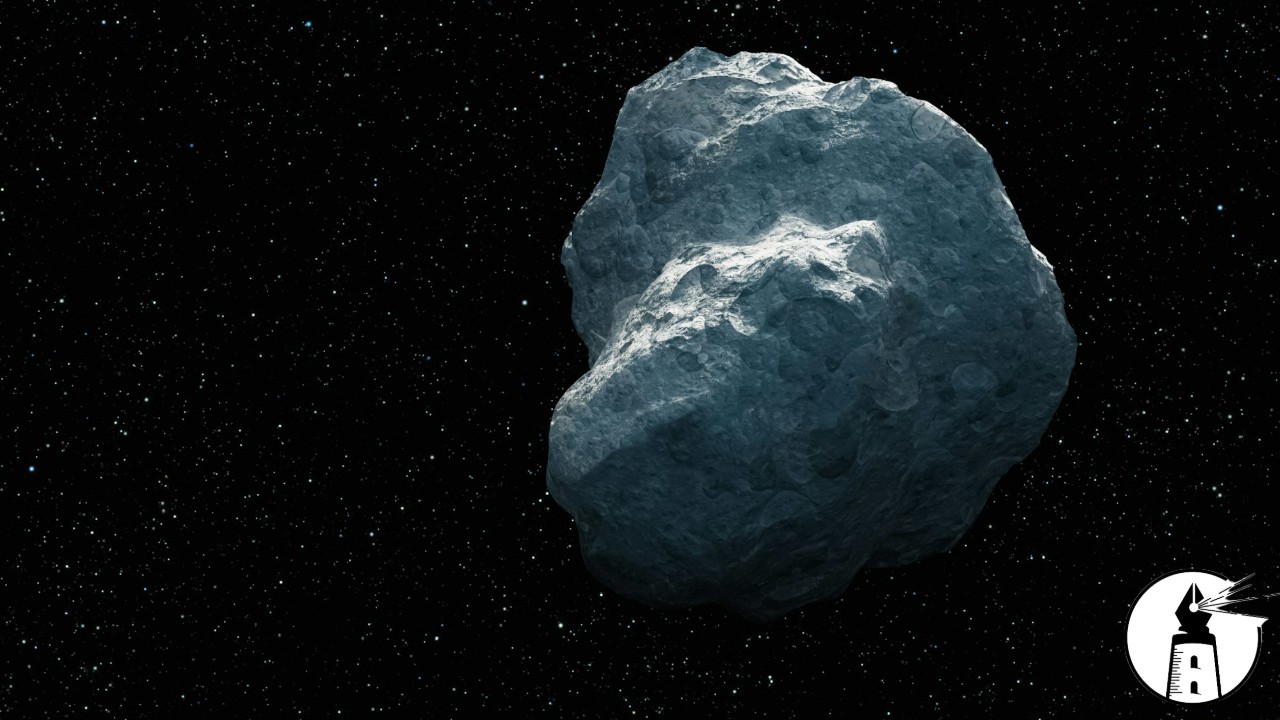In an increasingly connected world, reliable internet access is a bridge to opportunity, providing resources for education, healthcare, and economic growth. Elon Musk’s Starlink, a low Earth orbit (LEO) satellite constellation developed by SpaceX, promises to extend this lifeline to some of the world’s most remote areas. On the surface, it appears to be a remarkable feat, a modern twist on connecting the unconnected. Yet, as the technology races ahead, so do its unforeseen consequences. While Starlink’s potential to provide high-speed internet to underserved areas is compelling, the hidden costs may be steeper than we anticipate.
Environmental Concerns: The New Space Pollution
One of the most concerning issues with Starlink is its potential impact on Earth’s environment. Each launch introduces more satellites into the atmosphere, and with projections to reach as many as 42,000 satellites in orbit, the scale of the deployment is unprecedented. Every time a satellite reaches the end of its five-year life cycle, it is designed to deorbit and burn up in the Earth’s atmosphere. SpaceX claims that no debris reaches the ground, but what remains in the atmosphere is less certain.
A recent study highlighted a disturbing trend: as satellites burn up, they release metals and gases, such as aluminum oxides, into the atmosphere. Aluminum, while a superconductor, could have serious implications if left suspended in our atmosphere, potentially disturbing the Earth’s magnetic field. Adding to this, satellite reentry has already contributed to a 29.5% increase in atmospheric aluminum above natural levels, which may have ramifications for the ozone layer, critical to protecting life on Earth from harmful ultraviolet radiation.
Orbital Traffic and the Kessler Syndrome
As more commercial players enter the race to launch satellites, low Earth orbit is becoming increasingly crowded. Scientists have warned that Starlink’s rapid satellite expansion risks triggering the Kessler Syndrome, a cascade of collisions that could turn Earth’s orbit into a minefield of debris. According to recent reports, Starlink satellites have already been forced to dodge each other and other objects over 50,000 times to prevent collision. The consequences of a large-scale collision cascade could make entire orbital regions unusable, endangering not only future satellite networks but also critical space infrastructure, including weather, GPS, and climate monitoring satellites.
Sovereign Control and Military Concerns
For many nations, reliance on a private entity for critical infrastructure comes with profound geopolitical implications. Musk’s unpredictable influence over Starlink has already raised concerns from military leaders in Ukraine, Taiwan, and other nations. Starlink’s capacity to geofence certain areas means it can unilaterally restrict or grant access based on corporate discretion. During the war in Ukraine, for instance, Starlink was instrumental in providing communications in contested regions; however, Musk’s refusal to activate Starlink near Crimea, citing his stance on political neutrality, underscored the risks of depending on a single commercial operator with such reach.
This level of influence over communications in crisis regions has led at least nine other countries, from Europe to the Middle East, to approach the United States with concerns about Musk’s unilateral control. Taiwan, in particular, worries about dependence on Starlink because of Musk’s business ties to China. In 2021, Chinese officials publicly voiced concerns that their space station had to maneuver to avoid Starlink satellites, and China has also stated its belief that Starlink could be leveraged for military purposes. The U.S. and other nations are left grappling with how to address such influence without regulatory precedent or control.
Regulatory Vacuum and Accountability
The rapid proliferation of satellite mega-constellations has exposed the absence of a regulatory framework that can adequately address their environmental or geopolitical risks. In response, over 100 scientists and researchers signed a letter to the Federal Communications Commission (FCC), urging the agency to pause Starlink launches until thorough environmental impact assessments are conducted. The letter emphasizes the need for international cooperation to ensure that the benefits of satellite internet are balanced with the long-term stewardship of our planet’s orbital environment. Yet, as of now, such reviews remain largely absent, leaving regulation of this new frontier in limbo.
Alternatives: Can We Bridge the Gap Responsibly?
Although Starlink currently leads the field in low Earth orbit internet provision, other providers may soon bring diversity to the market, reducing reliance on a single operator. This competition could encourage responsible deployment and more rigorous environmental and geopolitical safeguards, but only if governments establish clear, enforceable standards for satellite operation and space sustainability.
A Complex Path Forward
Starlink’s mission to extend internet access to rural and underserved areas is undeniably noble, and the network has already shown it can change lives and bridge divides. However, the rush to populate our skies with thousands of satellites carries heavy costs—environmental, geopolitical, and regulatory. As Starlink and its competitors propel us toward a more interconnected world, a deliberate approach that weighs both the benefits and consequences is essential.
Without robust oversight and international cooperation, we risk turning this well-intentioned project into a costly experiment, with consequences that could impact generations. The stakes are high, and as we stand at the brink of a new era in connectivity, it’s crucial to ask: Is the price of progress one we’re willing to pay? The time to answer this question, and to act on it, is now.
—By Greg Collier



